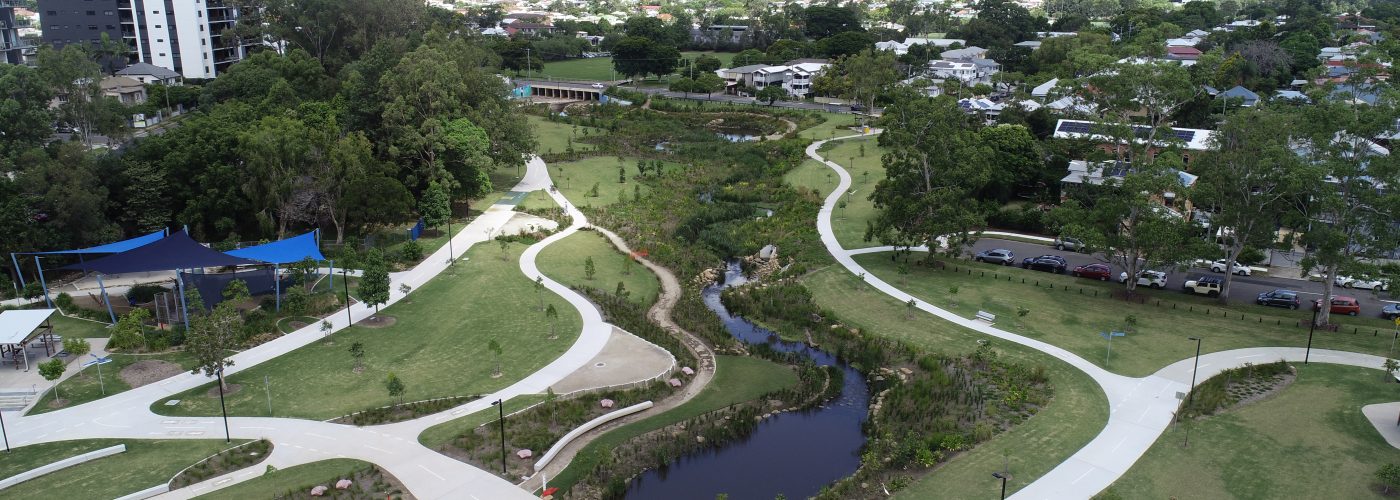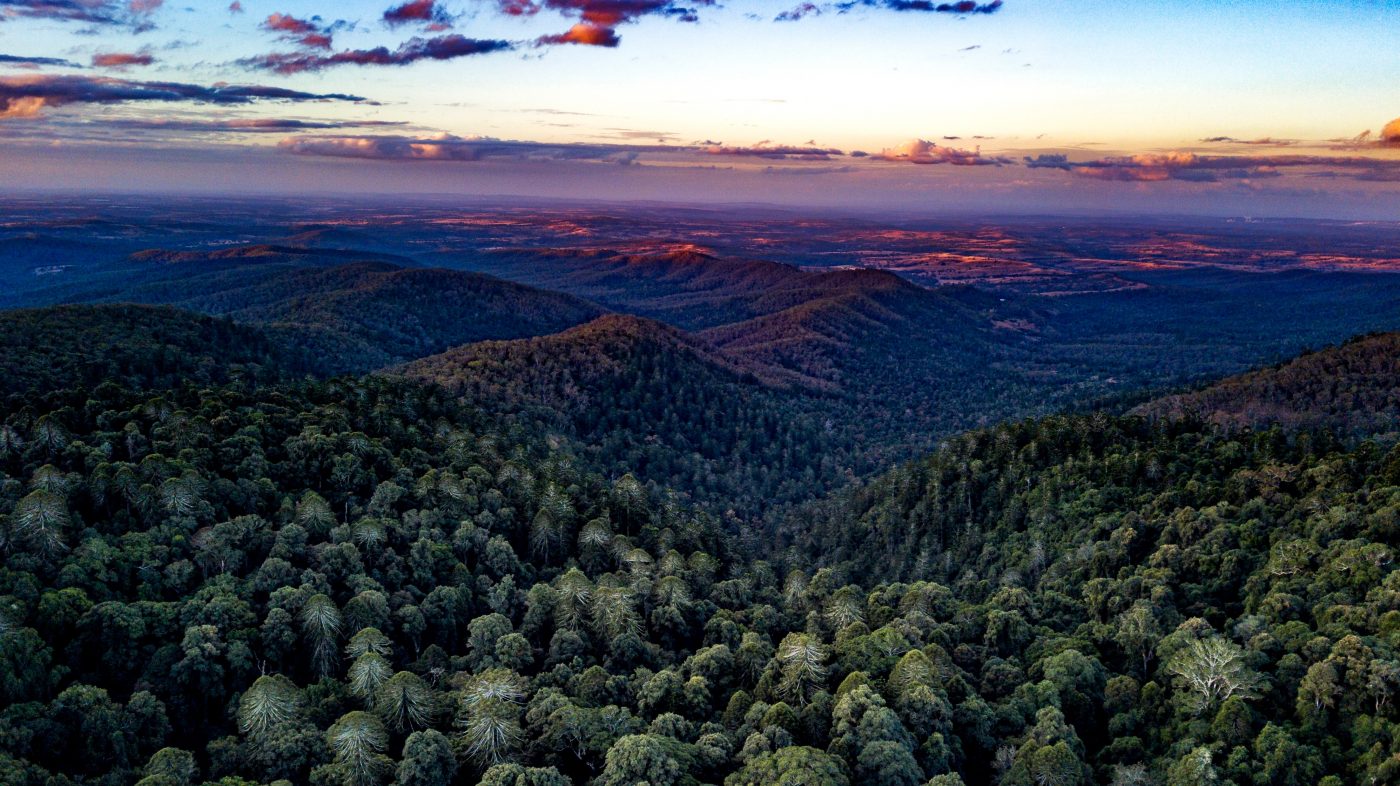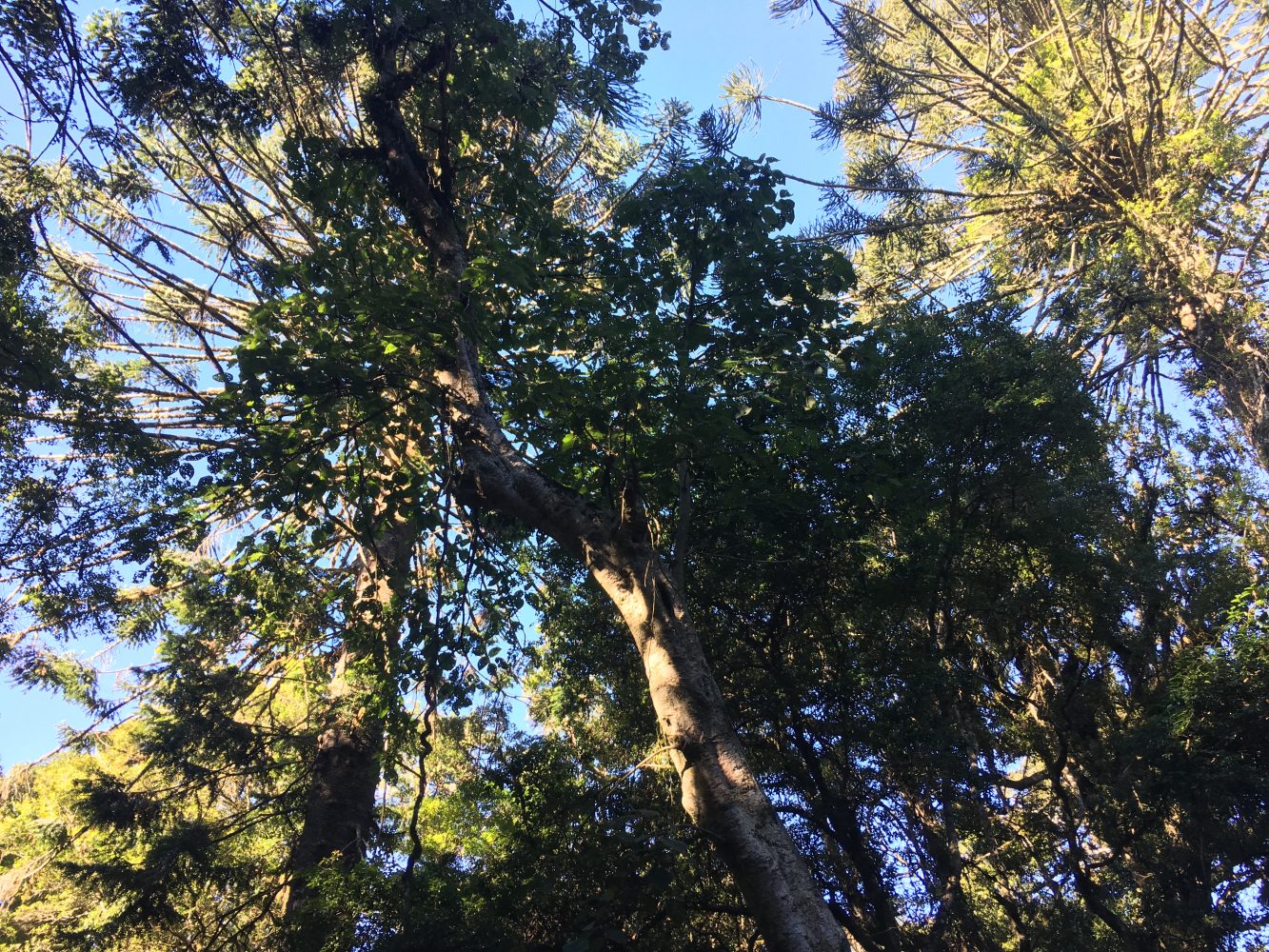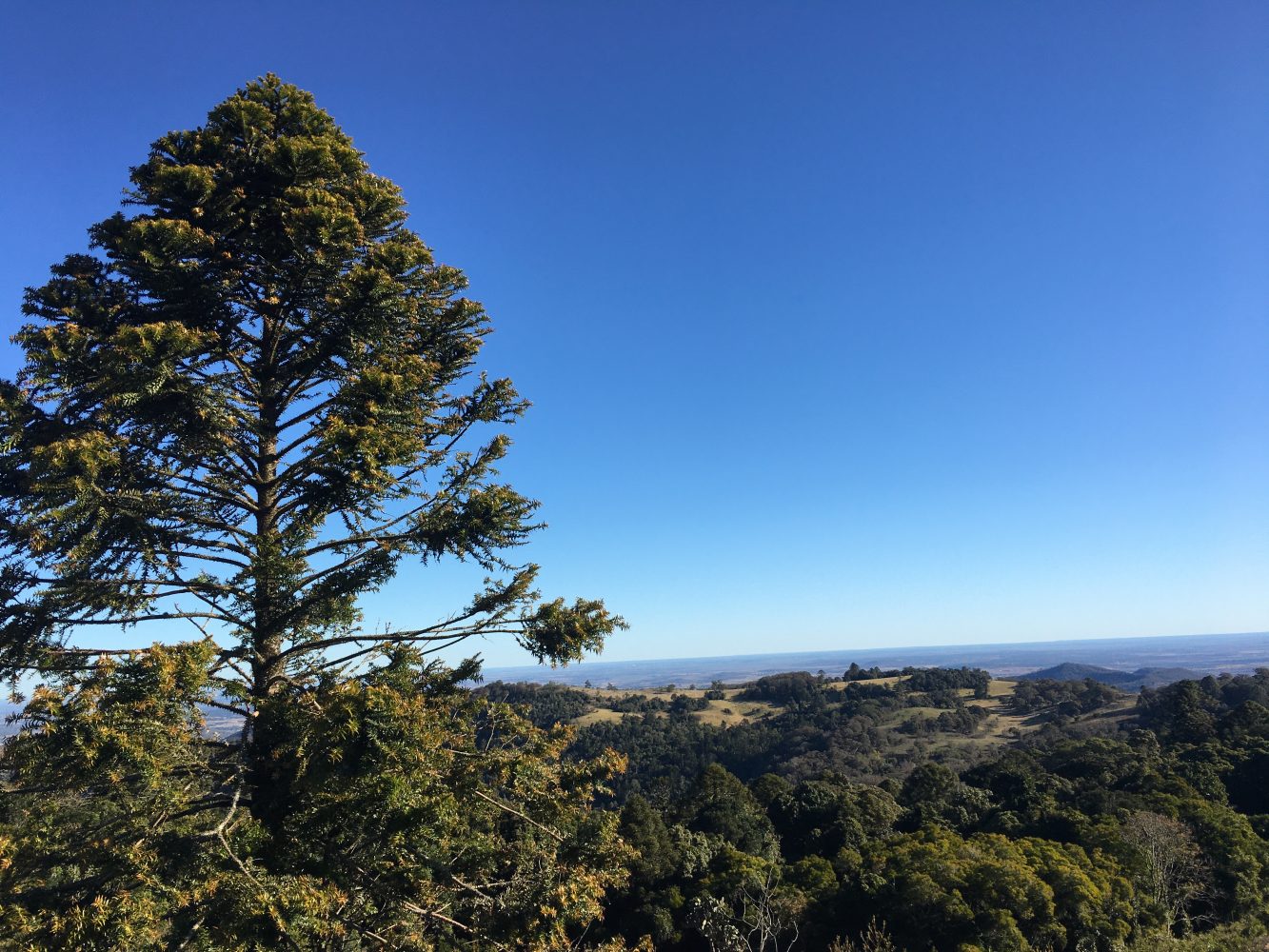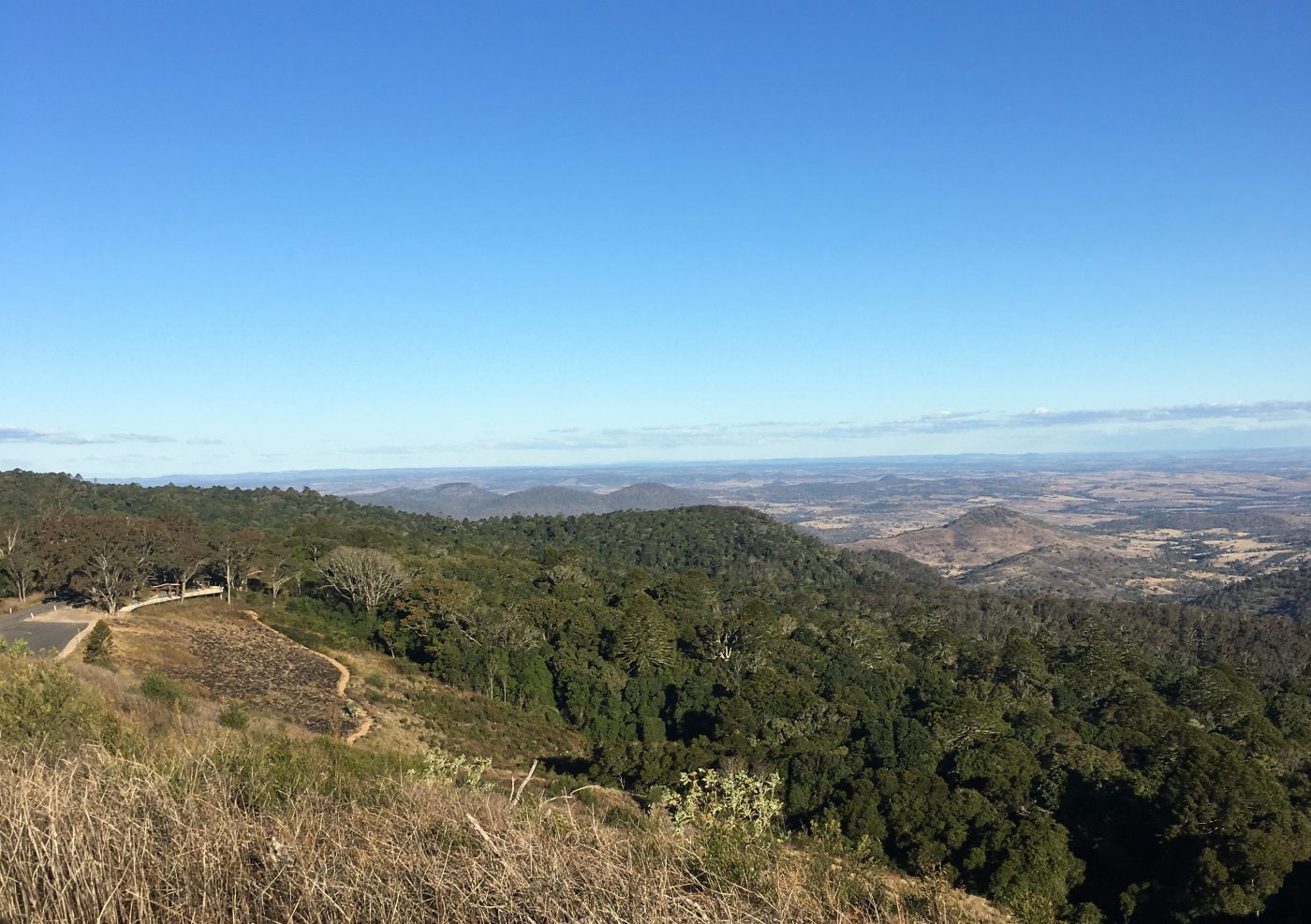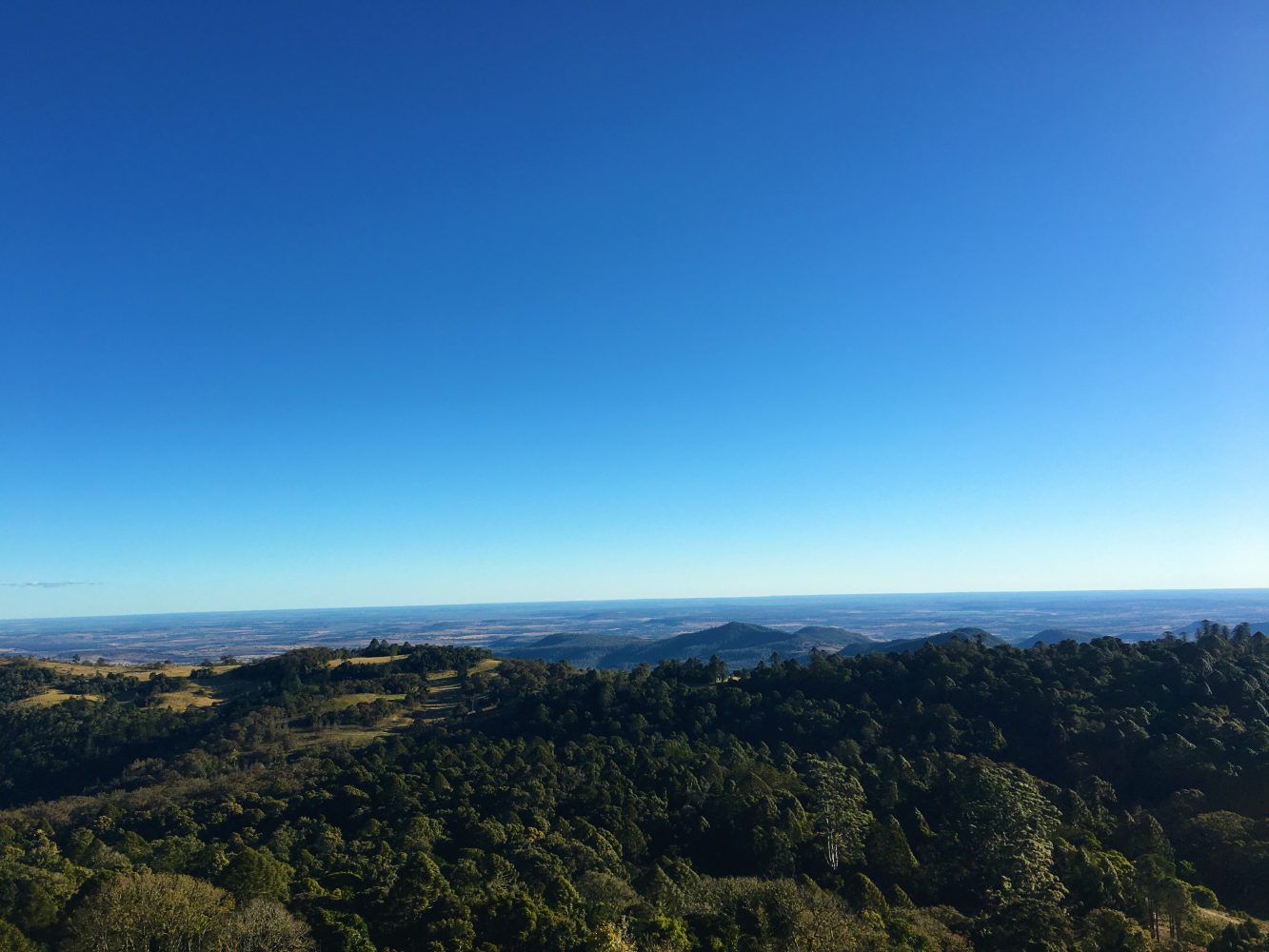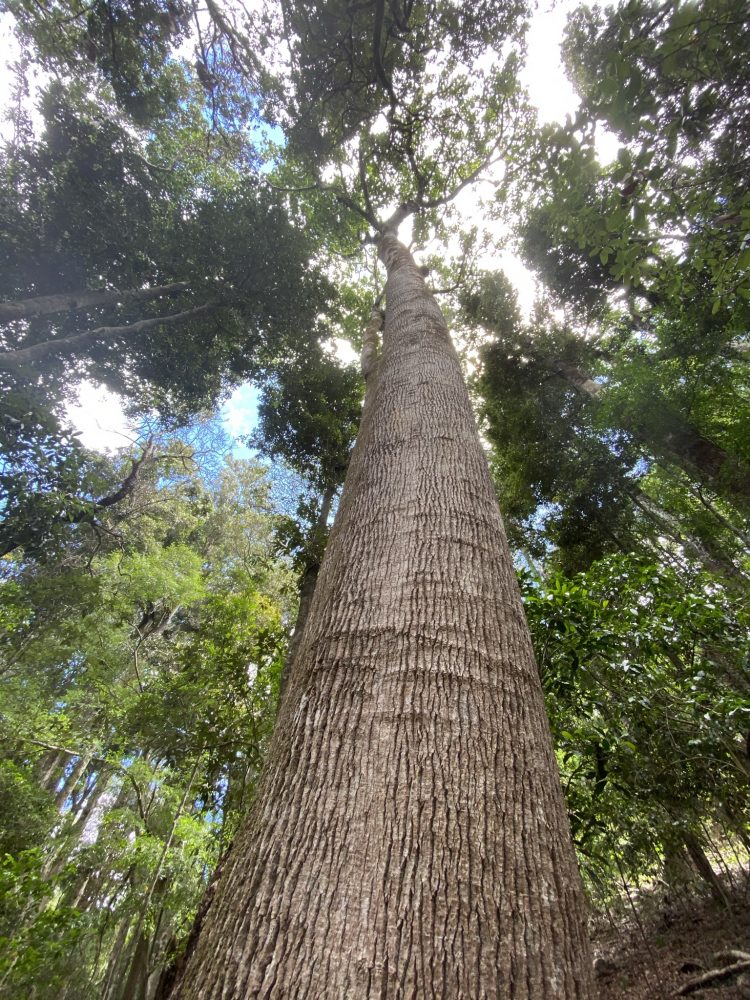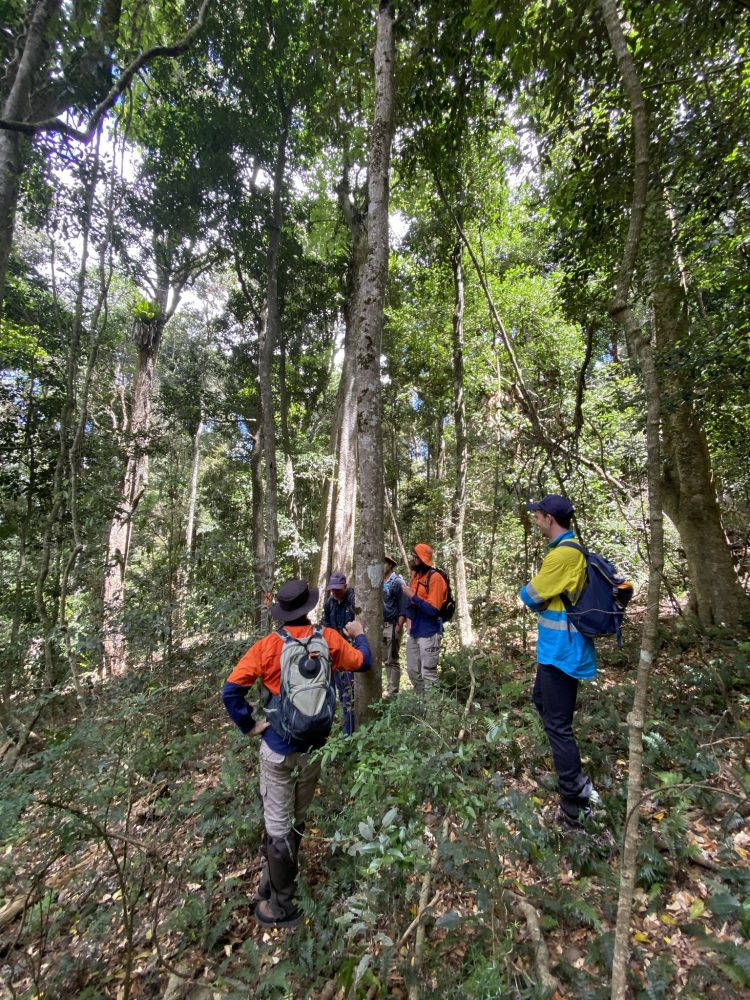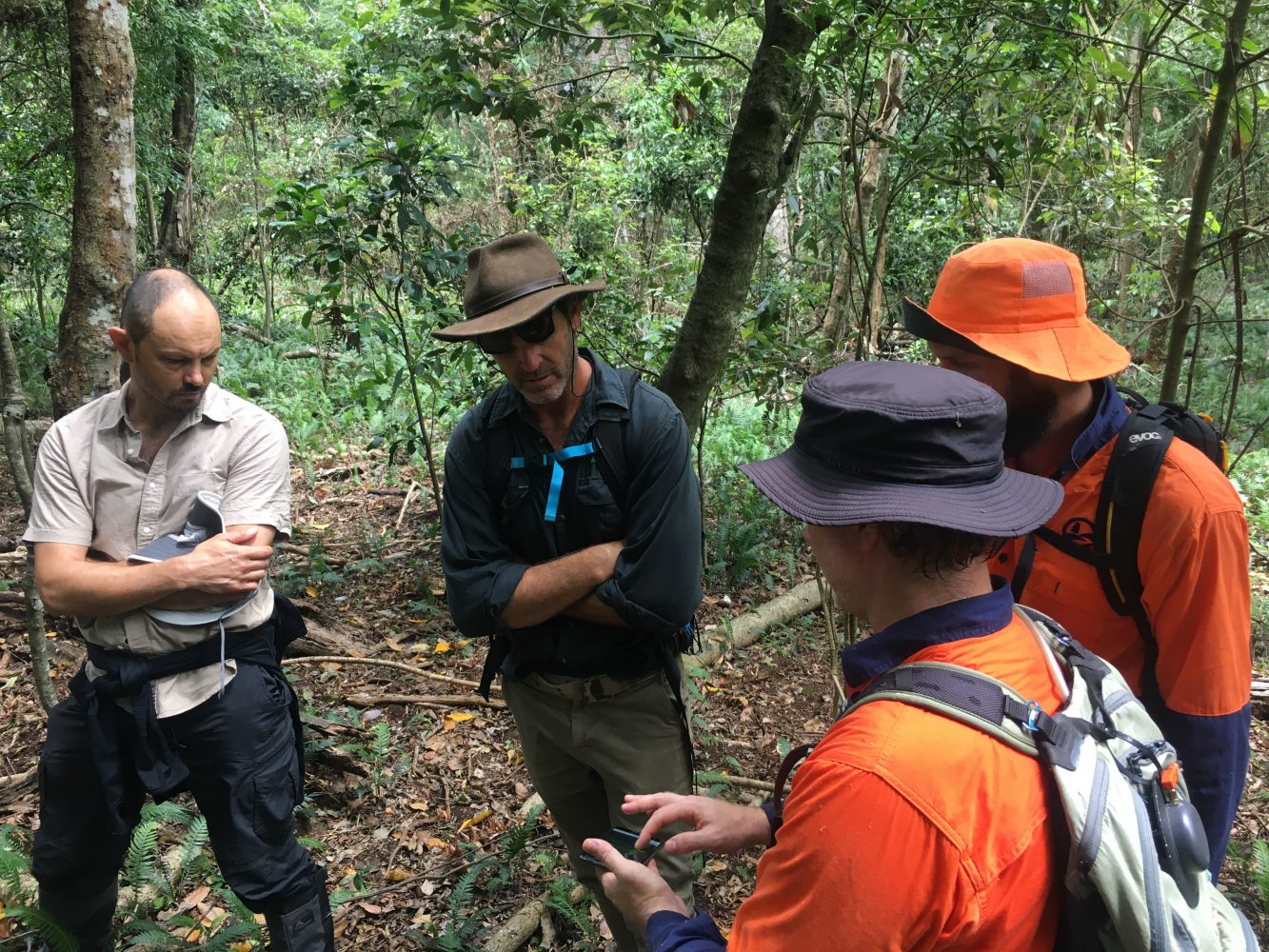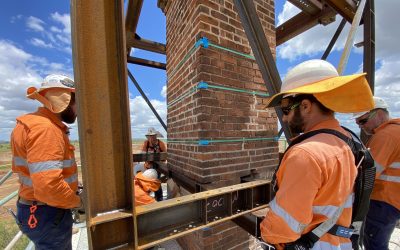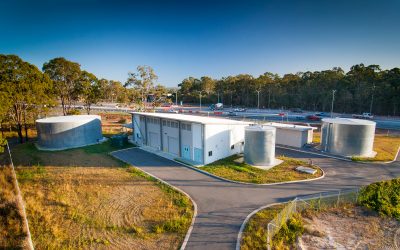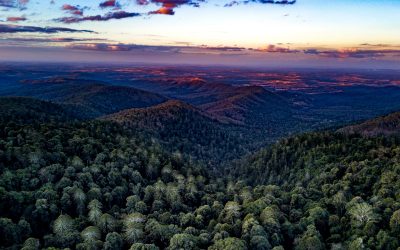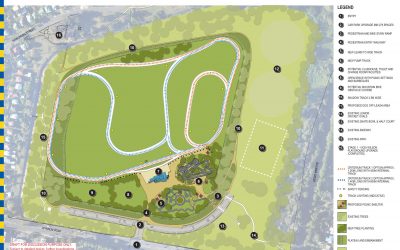Bunya Mountains Mountain Bike Trails
Flowing descents through shallow gullies lined with ferns, switch-backs around gnarled buttress roots and ancient Bunya Pines and emerging from the rainforest to open grassy ‘balds’ with sweeping vistas over the southern aspects of the mountain – these are just some of the highlights from the nearly 31km of mountain bike trails proposed for Bunya Mountains/Bonye Biar.
In 2019, Bligh Tanner was engaged by Western Downs Regional Council to lead a multi-disciplinary team, including Australia’s leading trail designers – World Trail – to undertake the detailed design and approvals for the Russell Park Bunya Mountains Mountain Bike Trails, located 1.5hrs west of Toowoomba.
The trail network will consist of several loop trails of IMBA Green and Blue (Easy to Intermediate standard) adventure-style mountain bike trails. A shared-use walking and mountain bike trail will connect the trail network to the nearby village and Bunya Mountains National Park.
By walking sections of the alignment and engaging with Traditional Owners (the Wakka Wakka, Jarowair, Burrungam and Wulli Wulli-Djakunde people) and the Bunya People’s Aboriginal Corporation/Murri Rangers, who actively manage the endemic grassy balds using traditional fire burning regimes, you get a sense of the significance of Bunya Mountains to both local custodial groups and Aboriginal people more broadly.
Through extensive community engagement, site investigations and ecology survey effort, we have learnt a lot about the local ecology, Indigenous and colonial history and significance of the Bunya Mountains. By undertaking a consultative approach, we believe the final trail network design will enable visitors to appreciate the ecological, cultural and historical significance of the region, whilst integrating with contemporary uses and management of the site.
Bligh Tanner has also drawn on our experience working in remote and ecologically-sensitive locations to undertake civil engineering design of decentralised water and wastewater supply and upgrades to carparking and trailhead infrastructure, such as the use of permeable pavements. This has included developing a functional specification for new mountain bike hygiene stations at trailheads to manage emerging biosecurity risks such as dieback (phytophthora cinnamomi), which currently threatens the endemic bunya pines. We have also engaged extensively with authority stakeholders, including Department of Transport and Main Roads and Department of Environment and Science to obtain approvals for the project.
Construction of the trails is anticipated in late 2021. We’re stoked to see everyone out on the trails very soon!
We would welcome discussing any proposed mountain bike, rail trails, walking trail or remote/ecologically-sensitive visitor infrastructure projects to share some of our learnings and approaches from our experience with Bunya Mountains and several similar recent projects, including Wangetti Trail, D’Aguilar National Park, Mt Coot-tha Summit Trail and Noosa Northshore campground.
Client: Western Downs Regional Council
Project Team: World Trail (Trail consultants), Greenedge Design (Landscape architecture), Otium Planning Group (Community engagement and peer review), Native Foresters (Ecology), Niche Environment and Heritage (Ecology and Cultural heritage), Downes Survey (Survey), SoilTech (Geotechnical
